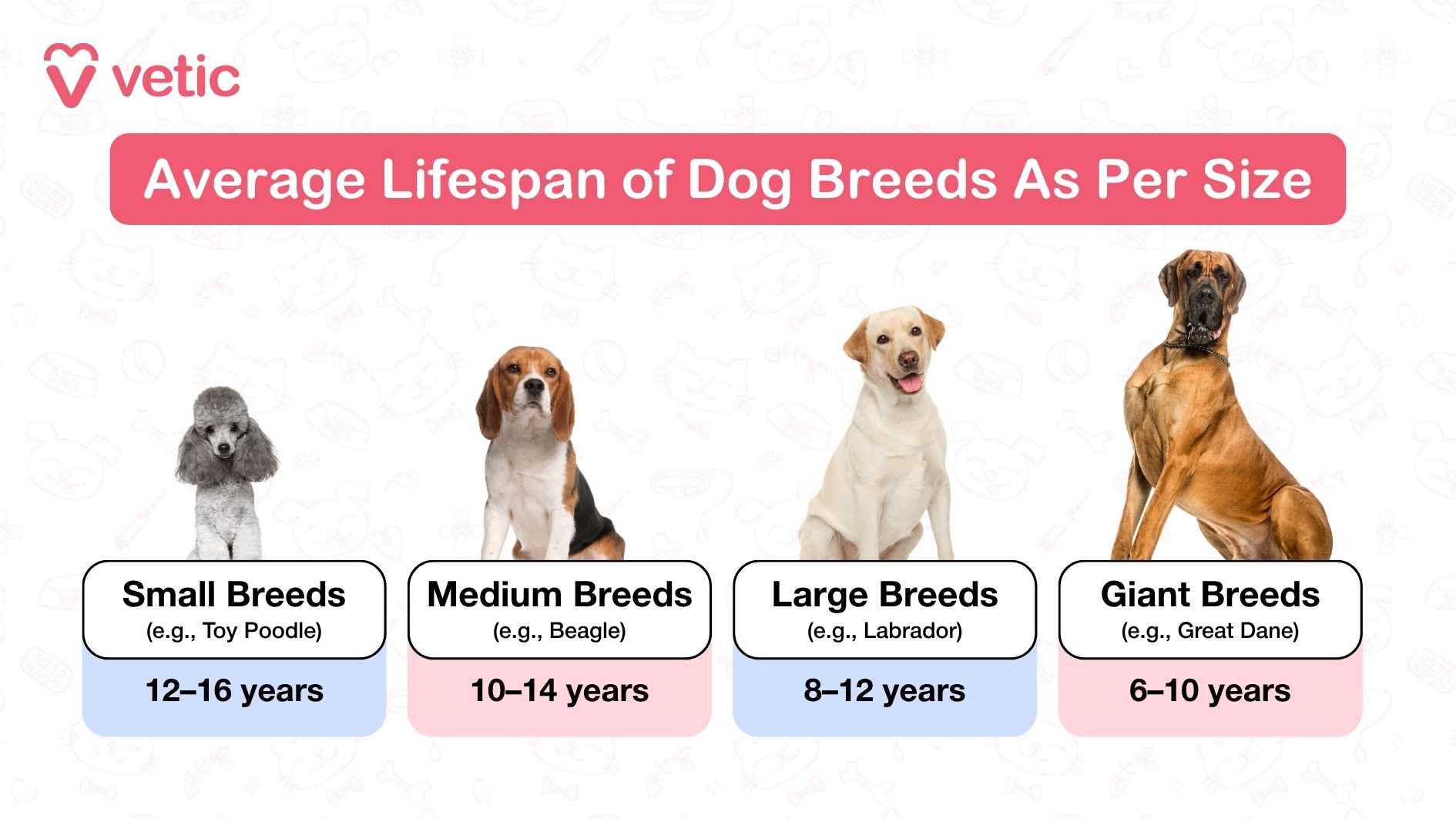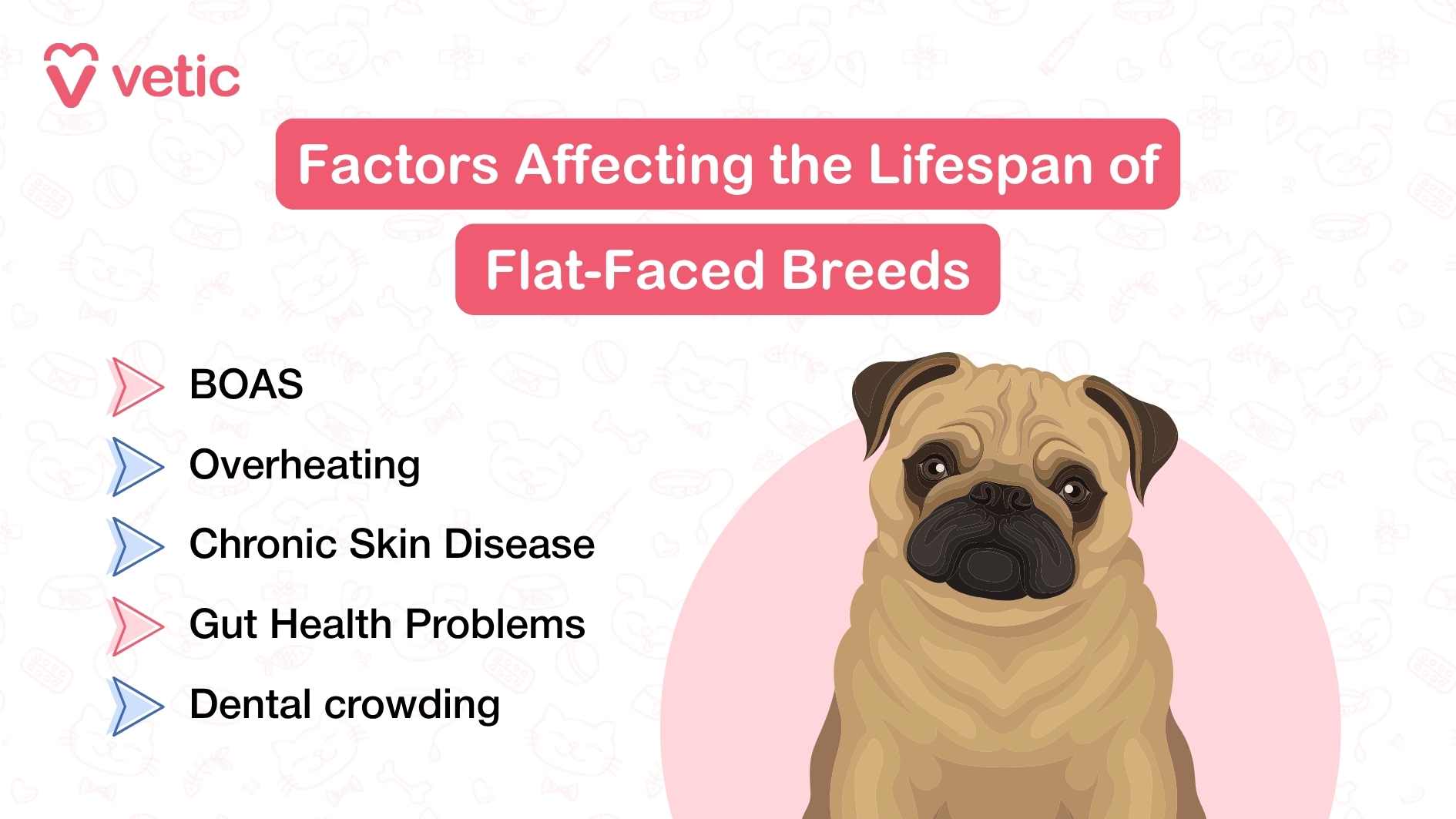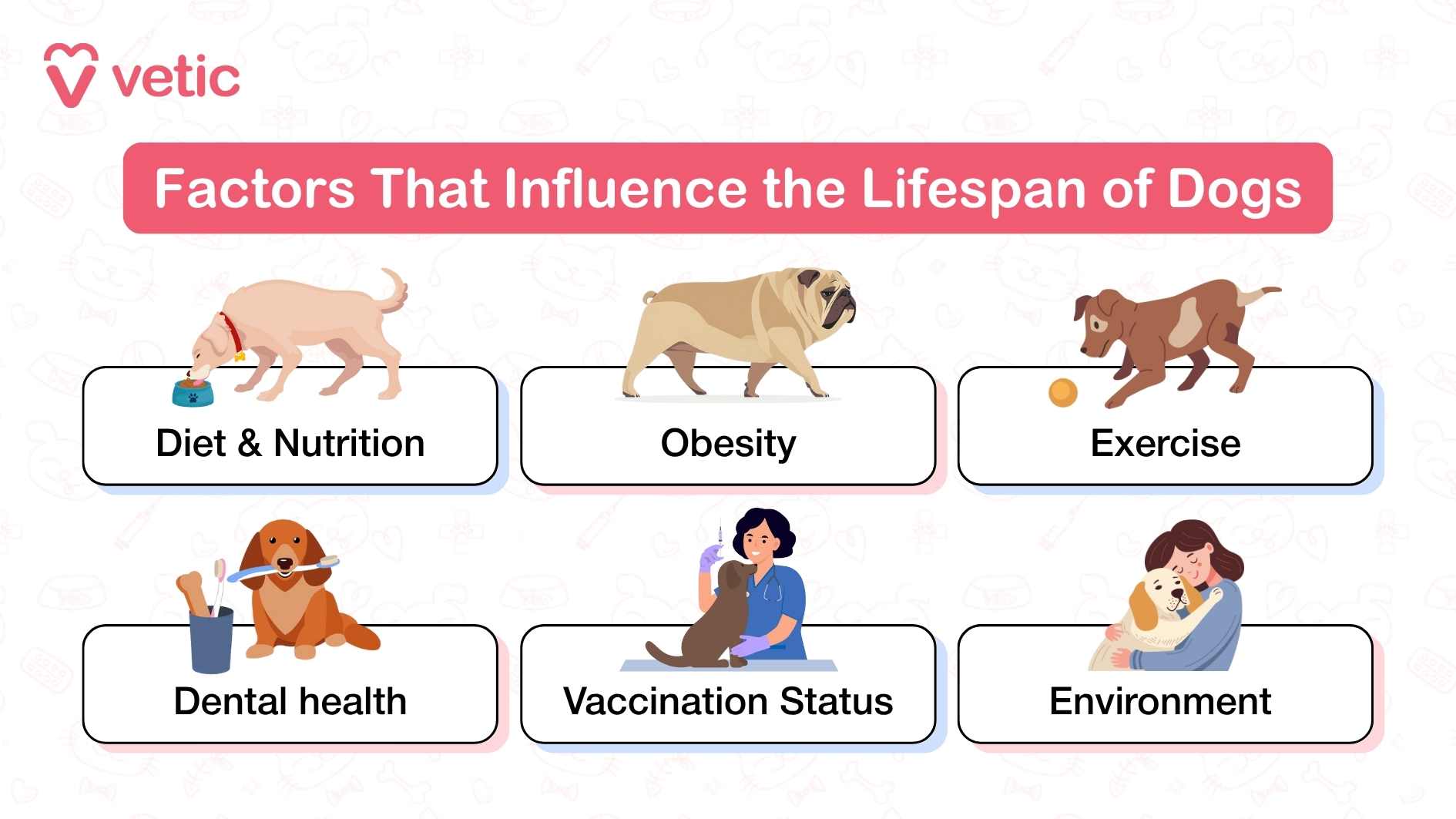How Old Is My Dog in Human Years?
“She’s two, so that’s like… 14 in human years, right?” If you’ve said that about your dog, you’re not alone. For years, dog parents have used the 7:1 rule—multiply your dog’s age by 7 to get their human age. But modern science says aging in dogs isn’t that simple. It’s not just about counting years—it’s about how quickly a dog’s body and organs age based on size, breed, and even their DNA.
In this article, we explore the science behind dog aging, look at how small and large dogs differ, and answer the most common pet parent questions with evidence-based insights and expert commentary.
How Do Researchers Calculate Dog Age in Human Years?
Forget the old math. In 2019, a team of researchers from the University of California, San Diego found a more accurate way to translate dog years into human years using epigenetics, specifically, biological markers on the DNA that change with age in both dogs and humans.
They proposed a logarithmic formula, Human age = 16 × ln(dog’s age) + 31
(where ln = natural logarithm)
(Wang et al., 2019)
So, without going breed-specific, using the updated formula,
- 1-year-old dog is around 31 years old in human years
- 4-year-old dog is around 52 years old in human years
- 10-year-old dog is around 67 years old in human years
This formula is based on Labrador Retrievers but gives a better sense of how rapidly dogs age in their early years before slowing down in middle and old age.
Do Small and Large Dogs Age at the Same Rate?
No, they age very differently.
All dogs mature quickly in the first couple of years, but after that, size matters. Small breeds age more slowly and live longer, while large and giant breeds age faster and have shorter lifespans. This pattern has been consistently observed in large cohort studies across dog populations.
For example:
- A 5-year-old Chihuahua may be an adult.
- A 5-year-old Great Dane is already middle-aged.
This difference is partly due to accelerated cell growth in large dogs, which increases the risk of cellular damage, oxidative stress, and age-related diseases (Kraus et al., 2013).
Why Do Large Dogs Have Shorter Lifespans?
This question has puzzled both scientists and dog lovers.
Dr. Abhishek Choudhary explains, “Large breeds often experience rapid skeletal and muscular development in their first 12–18 months. This intense growth rate contributes to earlier wear and tear on the joints and cardiovascular system. Conditions like osteosarcoma and dilated cardiomyopathy are particularly common in breeds like Great Danes, Dobermans, and Rottweilers.”
In short, large dogs live fast, and sadly, age faster.
What’s the Average Lifespan of Dogs Based on Size?
Here’s a quick comparison, based on scientific observations:

Interestingly, within these categories, genetic diversity also plays a role. For example, mixed-breed dogs tend to live about 1.2 years longer on average than purebred dogs (Creevy et al., 2016).
Do Mixed-Breed Dogs Really Live Longer?
Yes! Studies suggest that mixed-breed dogs have greater genetic variability, which reduces the chances of inheriting recessive genetic disorders common in purebred dogs due to selective breeding (Creevy et al., 2016). This is sometimes called the “hybrid vigor” effect.
Of course, care, environment, and luck still matter—but on average, mixed breeds tend to enjoy longer, healthier lives.
What About Flat-Faced Dogs Like Pugs and Bulldogs?

These brachycephalic breeds don’t necessarily have shorter lifespans due to age—but their quality of life is often affected earlier due to chronic conditions. These include:
- Brachycephalic Obstructive Airway Syndrome (BOAS)
- Overheating
- Dental crowding
Dr. Abhishek Choudhary adds:
“We often see young brachycephalic dogs requiring surgical interventions or lifestyle adjustments by age 3 or 4. While they may live to 10 or 12 years, their day-to-day functioning can start to decline earlier than expected.”
It’s important to monitor such breeds for respiratory, dental, and weight-related issues starting from a young age.
Does Spaying or Neutering Impact Longevity?
Yes, and the timing matters.
Dogs that are spayed or neutered tend to live longer. The procedure lowers the risk of certain cancers, infections, and behavioral issues. However, in large breeds, spaying or neutering too early (before bone growth plates close) may increase the risk of joint problems and some cancers (Kraus et al., 2013).
A balanced approach—guided by your veterinarian—is ideal, especially for breeds like Golden Retrievers, German Shepherds, and Rottweilers.
Do Working Dogs Age Differently Than Companion Breeds?
Yes. Dogs bred for work—like herding, guarding, or sporting—have higher physical demands and often show signs of aging earlier than toy or companion breeds.
This is partly due to their metabolic rate, muscle activity, and genetic predisposition to joint wear and tear. For instance, Golden Retrievers, German Shepherds and Belgian Malinois often start showing joint stiffness or behavioral slowdown by age 6 or 7.
That’s not to say they can’t live long, healthy lives—but routine vet visits and preventive care become essential by midlife.
What Other Factors Influence How Fast Dogs Age?

In addition to breed and size, aging is influenced by:
- Diet & Nutrition: Poor-quality food can speed up organ degeneration.
- Obesity: Dogs who are overweight are more prone to diabetes, arthritis, and shortened lifespans.
- Exercise: Lack of activity can age both body and mind.
- Dental care: Gum disease can lead to heart and kidney issues.
- Environment: Dogs exposed to second-hand smoke, poor air quality, or stress may age faster.
So… How Old Is My Dog Really?
To get a clearer picture of your dog’s age in human terms:
- Use scientific charts based on breed and size.
- Consider health, weight, and medical history.
- Watch for signs of aging: changes in sleep, energy, appetite, mobility.
Because at the end of the day, your dog’s health speaks louder than any formula.
Final Thoughts
Knowing how your dog ages helps you plan better, care smarter, and love deeper. They may not live as long as we’d like—but with thoughtful care, your dog can live those years happily and healthily.
Forget 7 dog years to one human year. Your dog’s real age is a story written by their DNA, breed, size, and your care. So give them the best possible chapter every single day.
References (APA Style)
Creevy, K. E., Austad, S. N., Hoffman, J. M., & Promislow, D. E. L. (2016). The Dog Aging Project: Translational geroscience in companion animals. Mammalian Genome, 27(7-8), 279–288. https://doi.org/10.1007/s00335-016-9638-7
Kraus, C., Pavard, S., & Promislow, D. E. L. (2013). The size–life span trade-off decomposed: Why large dogs die young. The American Naturalist, 181(4), 492–505. https://doi.org/10.1086/669665
Wang, T., Tsui, B., Kreisberg, J. F., Robertson, N. A., Gross, A. M., Yu, M. K., ... & Ideker, T. (2019). Quantitative translation of dog-to-human aging by conserved remodeling of epigenetic networks. Cell Systems, 9(3), 272–284.e6. https://doi.org/10.1016/j.cels.2019.08.002
